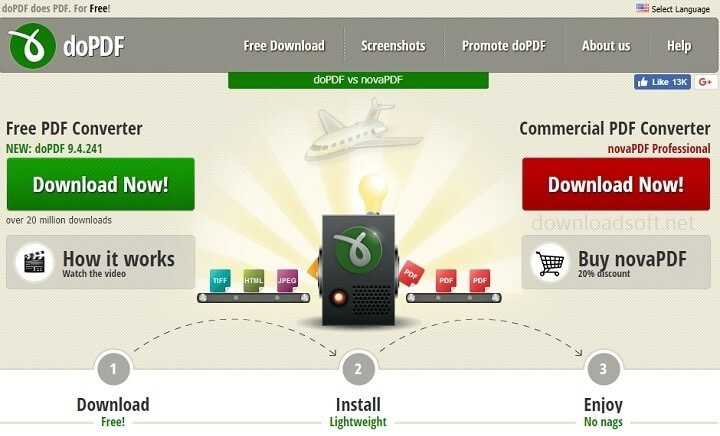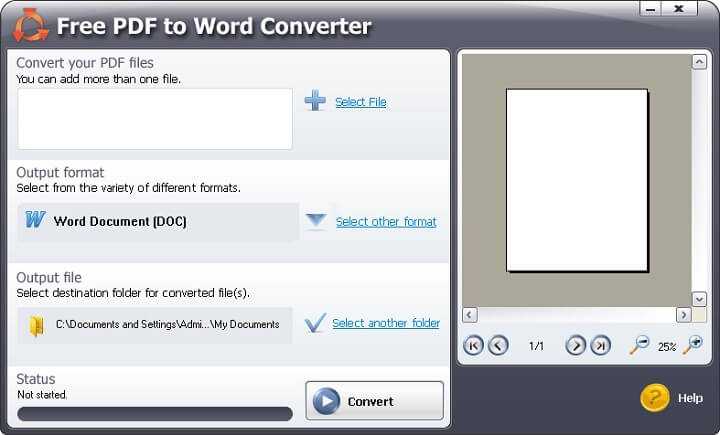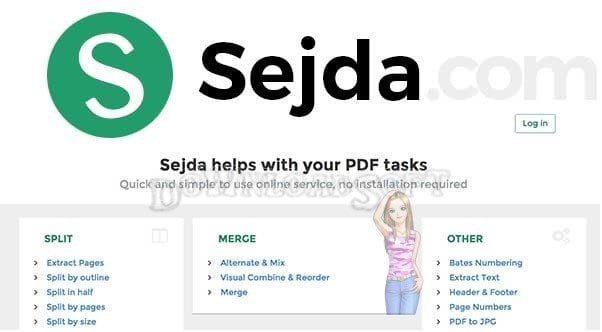GNU Octave Free Download 2025 for Windows, Mac and Linux
GNU Octave Free Download for Windows, Mac and Linux 32/64-bit
The Open-Source MATLAB Alternative
If you’re looking for a free and open-source alternative to MATLAB, GNU Octave might just be the solution you need. With a similar syntax to MATLAB, Octave allows you to perform numerical computations and create visualizations, making it a popular choice for engineers, scientists, and researchers.
In this article, we’ll take a deep dive, exploring its features, advantages, and limitations. By the end, you’ll have a clear understanding of what Octave can do and whether it’s the right tool for your needs.
What is GNU Octave?
It is a high-level programming language and scientific computing platform that helps users of all levels to create and visualize numerical calculations and solve linear and nonlinear problems.
Originally developed by John W. Eaton and Associates in 1988, and expanded greatly after 1992, this tool today represents the most popular free alternative to the commercial MATLAB program. With this programming language, students, enthusiasts, and professionals can create complex and highly accurate programs in the areas of instrument control, mechanics, bioinformatics, and many other advanced fields.
It comes as a complete package, giving users access to an enhanced and highly advanced GUI and Integrated Development Environment (IDE) with the editor, translator, visualizer, and other full-featured tools. To better meet users’ needs, it can also download various packages and third-party graphical front-end interfaces (such as Simplified ToolboX to make coding easier to learn).
Over seventy Octave packages that improve the creation of new applications for specific use cases can be found on the Octave-Forge website. In addition to being offered as a top-level standalone programming language package, it can also be integrated into Visual Studio and MinGW. You can find the download link from the official website of the program at the end of the explanation!
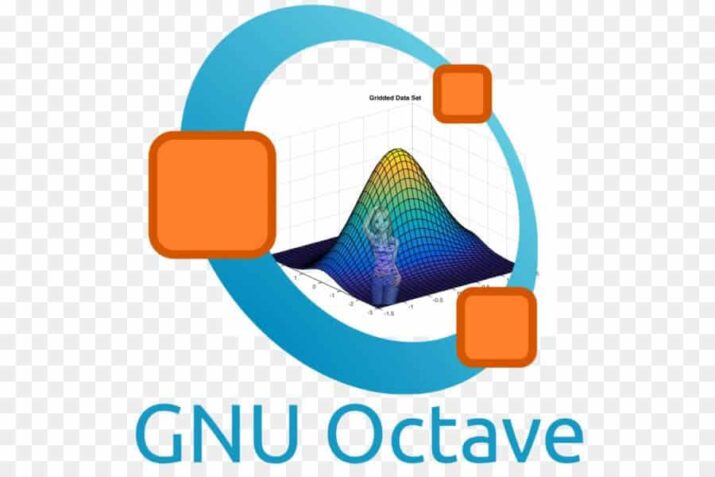
Features
- The largest free programming language for creating and visualizing numerical calculations.
- Powerful visualization tools.
- It has evolved since 1988 to become a major competitor to MATLAB’s commercial competitor.
- Compatible with many MATLAB scripts.
- It is easy to install and deploy your system.
- Supported on GNU / Linux / macOS / BSD.
- Versatile and can be used in any sporting field.
- Available on all recent versions of Windows.
- It supports 19 different languages.
- It is available free of charge under the GNU General Public License.
- Upgrading the app to its latest version, which features a redesigned interface and expanded capabilities.
Installation and Use
Since this open-source platform is still very up-to-date, its install package has grown over the years, reaching the current status of around 300 MB. Although the installation procedure is easy to finish, due to the size of the archive and many small files, the installation can last for long periods, depending on the performance of your computer.
After the installation is completed, you will be welcomed to the main screen of the app. Its interface shares a layout style that is shared today among many professional programming applications of this type.
The user interface features a main function bar with drop-down windows and main function buttons to control the currently actively loaded project. To the left of the window are the File Browser tab and the command history listing area. On the far right are the Workplace and Variable Editor tabs, leaving the central area for a large editor window and a small command window below it.
After getting a little familiar with its interface and toolkit, GNU Octave can become a very flexible tool for managing even the largest math project groups and units. In addition to programming and testing for results, it also features extensive graphics rendering support that can be used for easy visualization and manipulation of data.
Advantages
There are several advantages to using GNU Octave for numerical computations and data analysis:
Free and Open-Source
Free and open-source software, which means you can download it and use it without paying anything. You can also modify the source code and distribute your modifications under the same license.
MATLAB Compatibility
The syntax is similar to MATLAB, making it easy for MATLAB users to switch to Octave. Octave can also read and write MATLAB files, making it easy to exchange data between the two programs.
Cross-Platform
It runs on several operating systems, including Windows, macOS, and Linux. This makes it a versatile tool that can be used on different platforms.
Active Community
An active community of developers and users who provide support and contribute to the development of the software. You can find help and resources online, such as forums, mailing lists, and documentation.
Limitations of GNU Octave
There are many advantages. It also has some limitations that you should be aware of:
No Toolboxes
Unlike MATLAB, it does not have toolboxes for specialized tasks, such as image processing or control systems. However, Octave has a wide range of built-in functions that can perform many of these tasks, and there are also third-party packages available for specific needs.
Performance
It may not be as fast as MATLAB for certain computations, especially those involving large data sets. However, Octave’s performance has been improving with each release, and it can handle many common computations efficiently.
Learning Curve
While Octave’s syntax is similar to MATLAB, there are some differences, such as the absence of toolboxes and some functions. Learning how to use Octave effectively may require some time and effort, especially for those who are new to programming.
Getting Started with GNU Octave
If you’re interested in trying out GNU Octave, here are the steps to get started:
1. Download Octave
You can download the latest version of Octave from the official website. The website provides installation instructions for different operating systems.
2. Install Octave
Follow the installation instructions for your operating system to install Octave on your computer.
3. Open Octave
Once Octave is installed, you can open it by running the Octave executable. This will open a command window where you can enter Octave commands.
4. Try Some Commands
To get started, you can try some basic commands, such as creating a matrix, performing a matrix operation, or plotting some data. The Octave documentation provides examples and tutorials to help you get started.
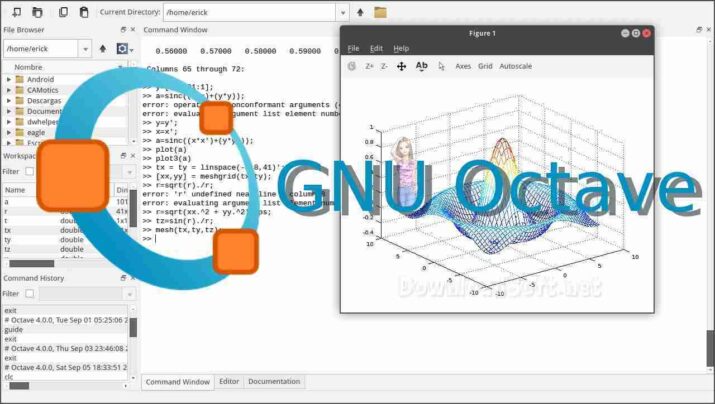
Conclusion
GNU Octave is a powerful tool for numerical computations and data analysis, with a wide range of features and capabilities. While it has some limitations, such as the absence of toolboxes and some functions, it offers several advantages, such as being free and open-source, MATLAB compatibility, cross-platform support, and an active community.
If you’re looking for a free and open-source alternative to MATLAB, it is worth checking out. With its similar syntax and extensive capabilities, Octave can provide you with the tools you need to perform complex computations and analyze your data.
Technical Details
- Category: Office Tools
Software name: GNU Octave
- License: Open Source
- Version: latest
- Program size: 324 MB
- Operating systems: Windows 7, 8, 10, 11 / Source / GNU / Linux / macOS / BSD
- Core: 32/64-bit
- Languages: Multilingual
- Developer: Free Software Foundation
- Official website: gnu.org

